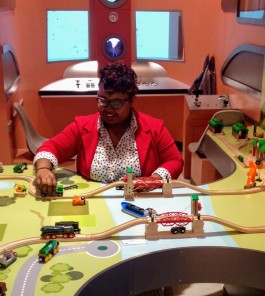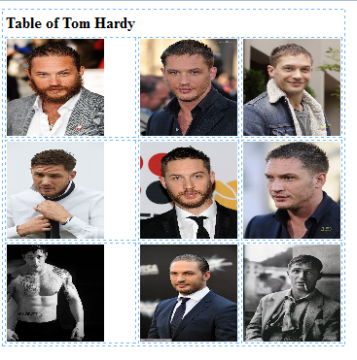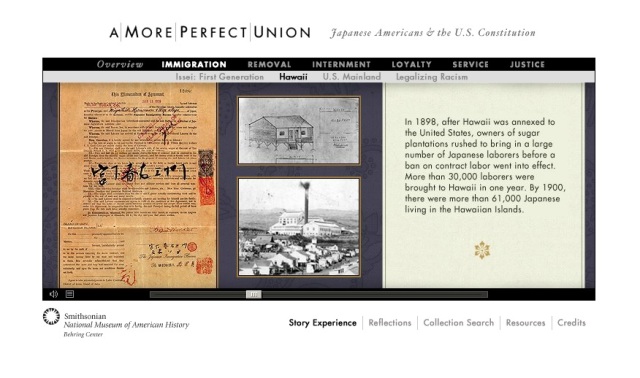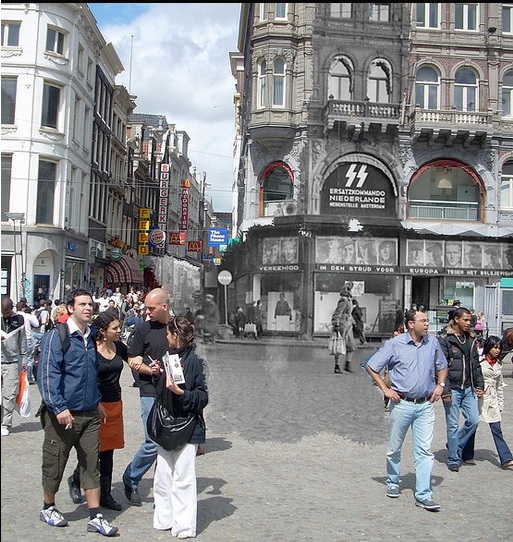I’ve done it again: stayed away too long. I think I have a hard tie with consistency because I’m still trying to think what I want to do online with my love of history. As always I especially enjoy a historical retelling that includes more voices and complexity. I truly believe history education can help move and shape us for the better. It certaintly has been used for the negative before.
Back in February, I was asked by my pastor to write posts of my choice for Black History Month and I want to share one here (maybe other ones later) with some additions considering our current and reoccuring issues and discussions around the Black Lives Matter movement, police brutality, and protest especially what protest is deemed acceptable. I think it’s particularly helpful to look to what has been done in civil rights movement before as we move forward now.
I present to you one of my historical crushes: Ida B. Wells.:
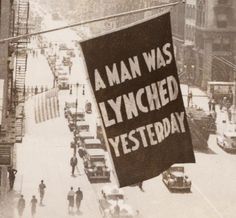
Ida B. Wells-Barnett: investigative journalist, anti-racism and women’s right activist
July 16, 1862 (Holly Springs, MS) – March 25, 1931 (Chicago, IL)
It was March of 1892, in Memphis, Tennessee when a fight broke out between a Black and white crowd including plain clothes police officers. The gunfight led to the successful business owner of People’s Grocery (which served clients of all races) Thomas Moss, along with Calvin McDowell and William Stewart, being arrested for their attempts at self-defense. Leading the call for arrest was a competing white grocery store owner W. H. Barrett; jealous of Moss’s success. A few days after the arrest the three Black men were dragged by a white mob, some of which had be deputized civilians, out of their jail cells after the black Tennessee Rifles militia left. Members of the mob shot Moss, McDowell, and Stewart multiple times point blank in the face with shotguns and pistols. In the aftermath, many more local Black people were harassed and attacked and Judge Julius DuBose, a former Confederate, suggested : “shoot down on sight any Negro who appears to be making trouble”. Justice and the law never came for these men and soon after Moss’s grocery store was later sold to Barrett (his white competitor) for less than half its value. 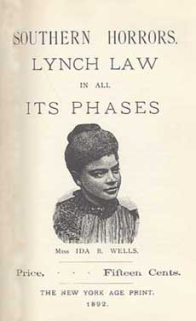
A thirty year old Ida B. Wells witnessed the unrest and rage that swelled up in Memphis’s Black community in aftermath and she mourned her close friend Thomas Moss’s murdered by lynching which is apremeditated extrajudicial killing by a group [note: link does include uncensored real images of lynchings]. Wells could not accept the unyielding racism she had faced all of her life. It was only nine years prior that she had been forcibly removed from her train car seat to accommodate a white man, sued, and lost in appeals at the Tennessee Supreme Court. Wells felt she had to do something and she did.
Warning: rest of post has a censored image of lynching.
Continue reading
